A tasting of the Vina Ventisquero premium range that shows the progress made by the Chile wine producer.
Every wine writer, if they are honest, has countries or regions that leave them cold. One of mine is Chile. Always been a bit chilly about Chile.
I mean, I know this is the headquarters of Latin America’s mightiest wine company Concha y Toro, and also Montes and Errazuriz, which all make some fantastic wines, but for me Chile has always been too closely associated with the dull, inexpensive crap which gets sold in supermarkets, wine bars and restaurants.
And until a few years ago, the words “cheap Chilean Pinot Noir” would bring me out in a cold sweat.
But the long thin country has been changing, with quality now being put to the forefront, and terroir, climate and soil now playing bigger roles in production. One of the key drivers has been Vina Ventisquero, who brought some of their wares to central London last week.
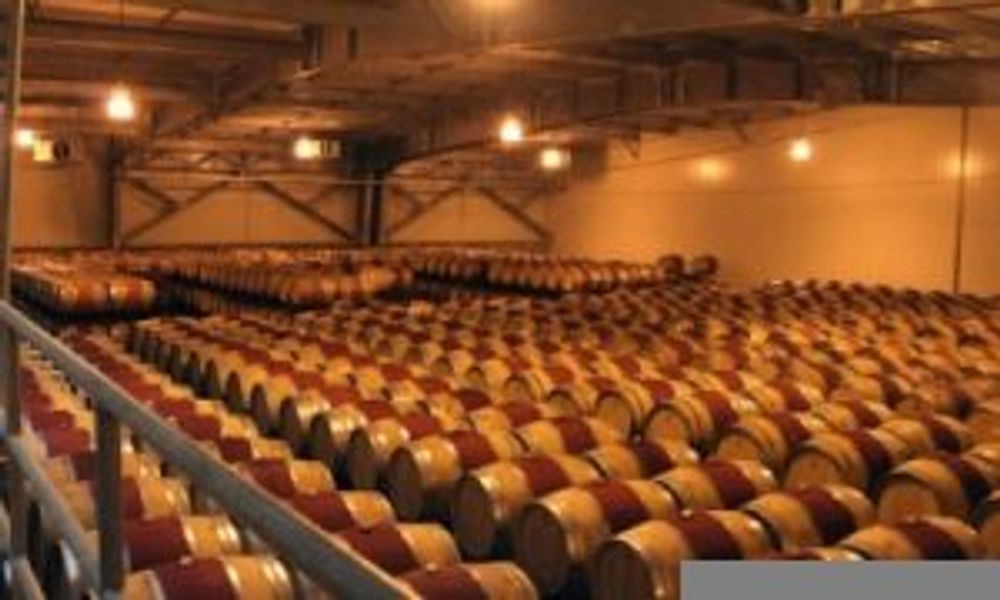
Established by Gonzalo Vial, CEO of Agrosuper, Chile’s largest food producer, Ventisquero have been up and running since 2000. They make wine under different brands including Yali, which is stocked by Majestic and was sold by British supermarkets until their relentless pressure on price forced the producers to pull back from the UK.
But the focus increasingly has been on the premium end, with head winemaker Felipe Tosso Bruna basing production in the coastal Maipo Valley near Santiago and making wines at premium sites around the country including the Casablanca Valley, Leyda and Apalta in Colchagua.
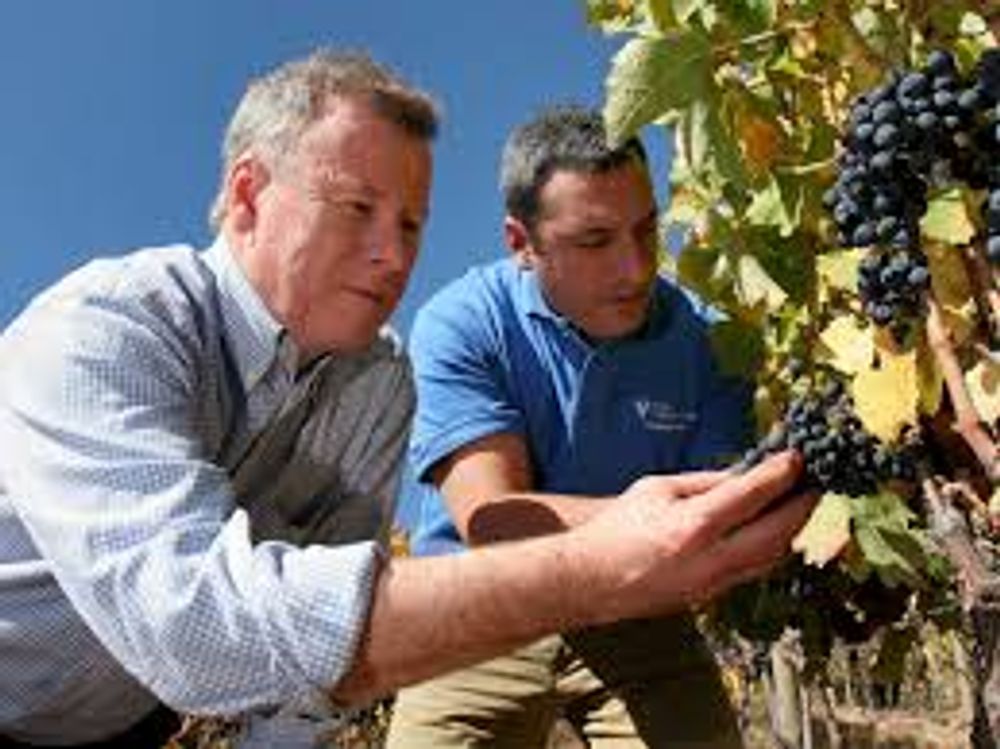
Many of his high-end wines (particularly those from Apalta) are made with John Duval, head winemaker at Penfolds until 2002. Quality shows through, with absolutely no sign of the underlying leafy green taste that – to me anyway – could usually be found in a Chilean wine.
“That’s very much on the decrease thanks to better vineyard management, particularly in higher end wines,” says Felipe Tosso.
So how were the wines?
First off was the mid-priced Grey Range (imported by Bidendum and retailing for around £13.50).
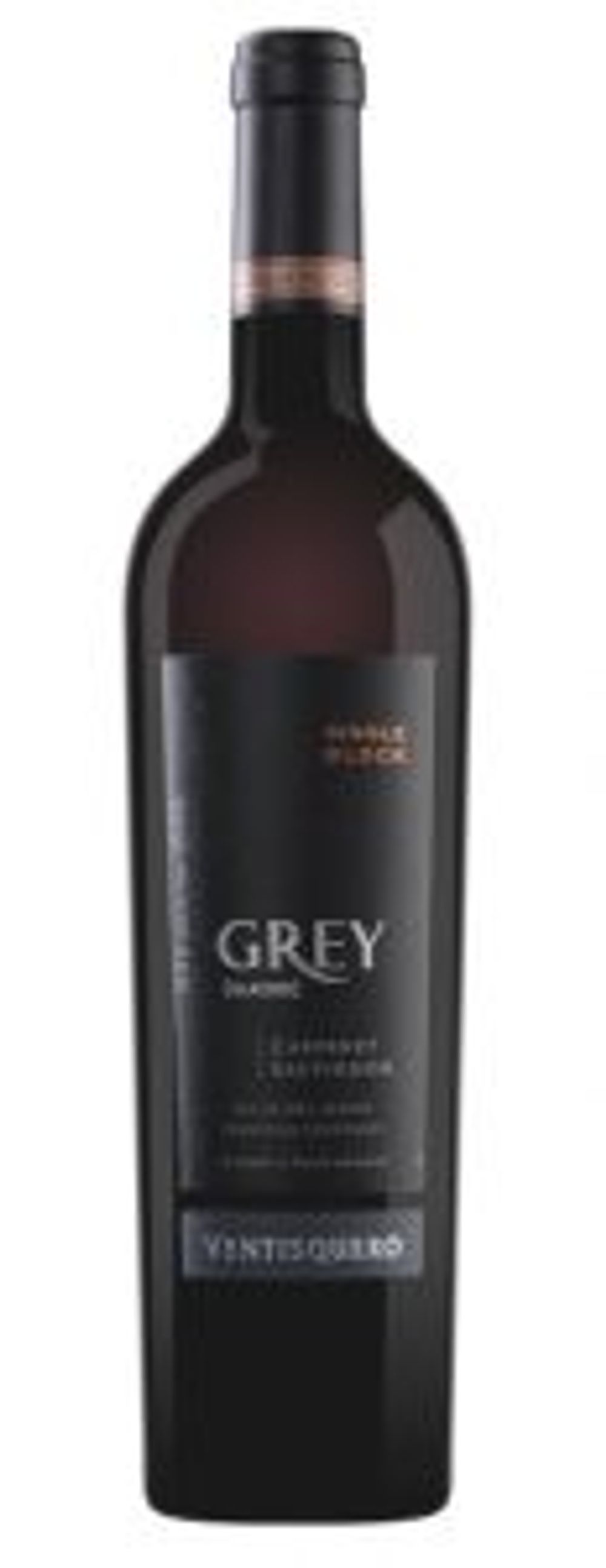
These included the elegant, fragrant cool climate Grey Chardonnay 2014 (just 12.5%); the Grey Carmenere 2013 and Grey Cabernet Sauvignon 2013, grown just 200 meters apart but utterly distinct, perfectly balanced examples of their respective varieties, made without fining or filtration. Also interesting was the surprisingly light GCM (Grenache, Carinena (Carignan), Mourvedre) made in Apalta on granite and clay slopes that previously – rather unsuccessfully – grew Cabernet Sauvignon.
These are solid, well made and well priced wines. Nothing grey about them at all.
Moving higher up the quality/price scale, the Heru Pinot Noir 2013, grown again in granite and clay soil but this time in the Tapihue Vineyard in Casablanca. Despite this being a cool year, the result is a soft, juicy, wonderfully aromatic wine with lots of red fruit and showing surprising complexity. Again, well-priced at £22.50.
Ventisquero’s Vertice is something unique, which Felipe Tosso reckons few other producers attempt, a Carmenere/Syrah blend.
Both the 2007 and 2011 were on show, the former a full-bodied, rich wine from a warm year, the latter a more linear, mineral wine from a cooler vintage.
More impressive still was the Pangea 2007 a substantial, full-bodied (14.5%) Syrah from Apalta that could have come from Barossa (Duval’s influence); the 2011, as with the Vertice, was more linear and restrained but still shows lots of character.
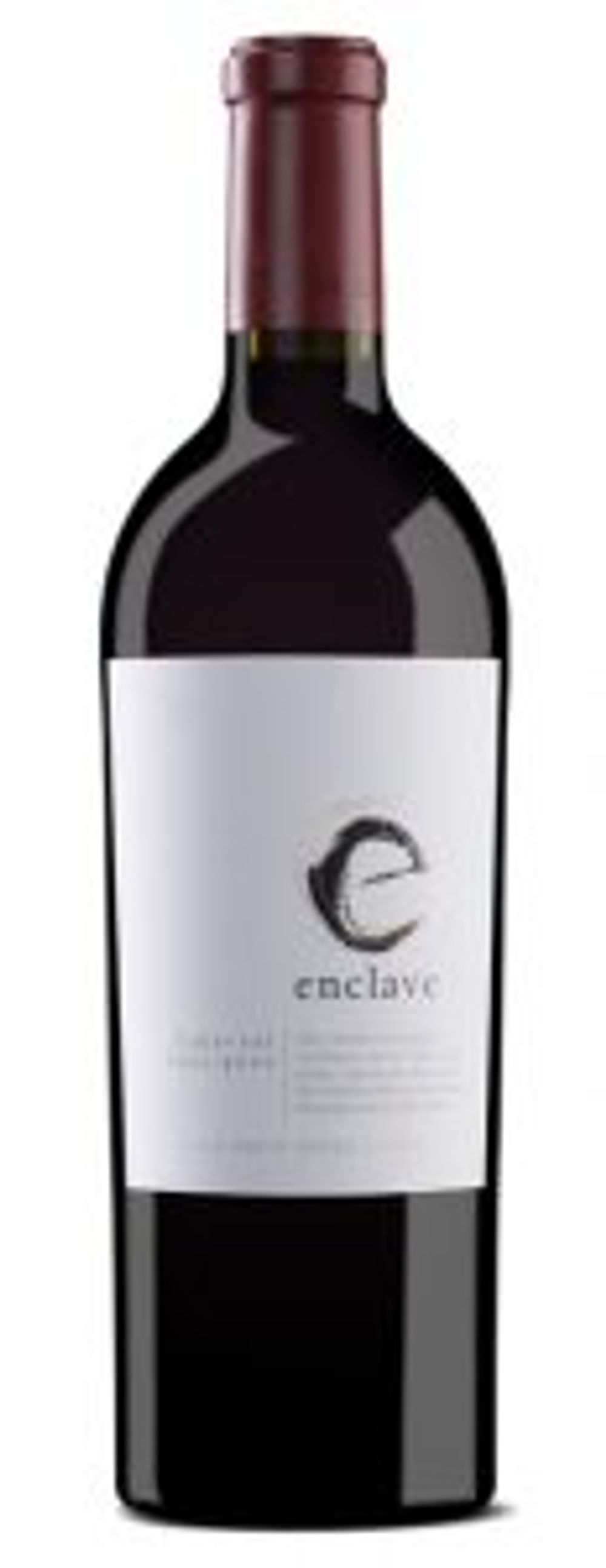
The high-end Bordeaux blend Enclave 2011 (retailing for around £50) was delicious, very well made and matured in 225 litre French barrels for 18 months before being bottle aged for a further year.
But the most impressive wines here were the most unusual. Certainly the bravest.
Felipe Tosso’s labour of love, the Tara range, is now in its third vintage, but what makes them so irresistible is that they are made in near impossible conditions – in the Atacama desert some 750 kilometers from Santiago. This is why only 8000 bottles are produced (up from the low hundreds when this venture started) and cost around £50 a bottle.
Atacama, the driest desert in the world, typically has less than two millimeters of rain a year and has been known to see no rain for over 20 years. Irrigation is made possible by the presence of a nearby river, with the wine’s character being further shaped by the presence of the ocean some fifty kilometers away and the fact that the ground here is very saline – reflecting the fact this was all ocean millenia away.
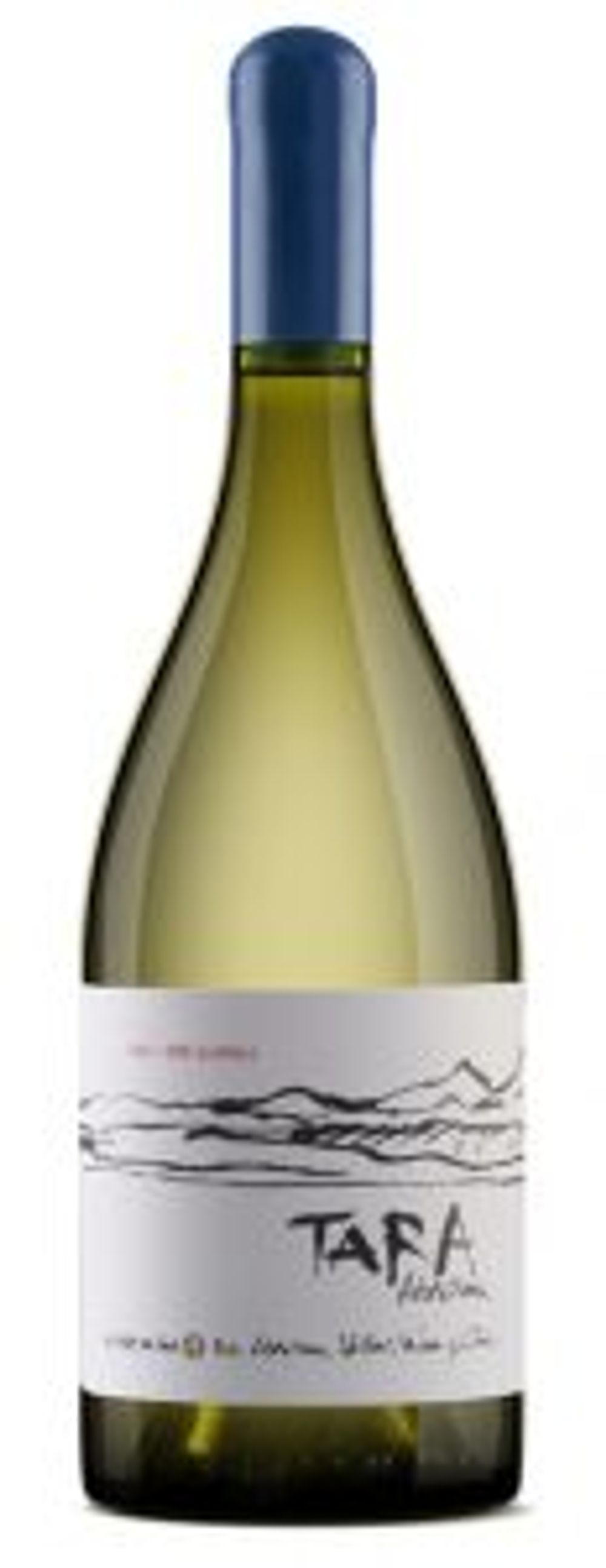
The results – a Chardonnay (Tara White) a Pinot Noir (Tara Red 1) and a Syrah/Merlot (Tara 2)– are really distinct, made with natural yeasts and minimal intervention. For me the Tara 2 didn’t really work, in that it didn’t fully reflect these varieties, but Felipe Tosso said I was missing the point.
“With every vintage these wines have been coming more characteristic of the varieties used, but really terroir here is everything,” he says.
I’ve yet to visit Chile or inspect Ventisquero’s impressive vineyards at first hand, but left this tasting with a different view of this wine-producing nation. These are real terroir-driven wines made with love by people who have a real understanding of Chile’s diverse soils and regions.
So can we look forward to a wine made in Chilean Patagonia, which by my reckoning would make a full deck of Chile’s regions?
Tosso says the challenges would be quite considerable – Chilean Patagonia is much wetter than Patagonia in Argentina, which means wine-making would be more of a challenge. But with Felipe Tosso, you should never say never.









































